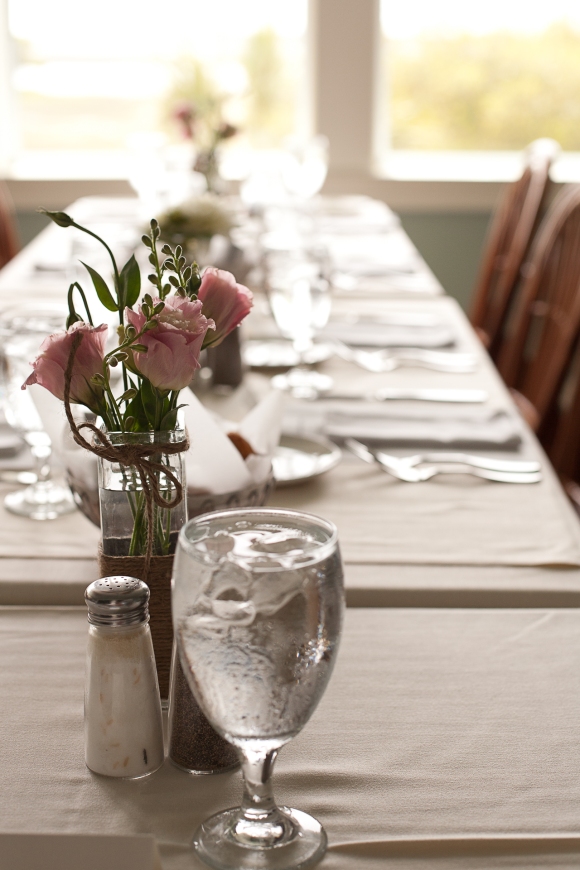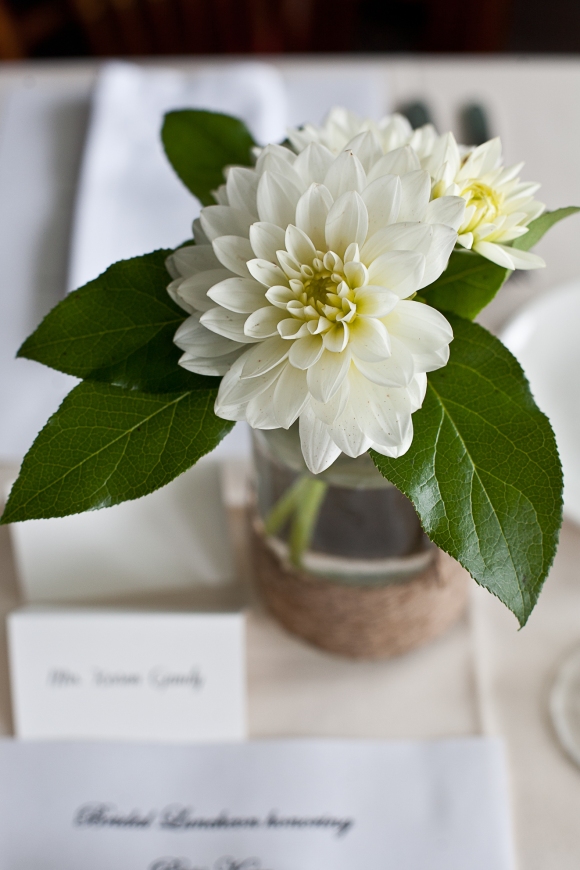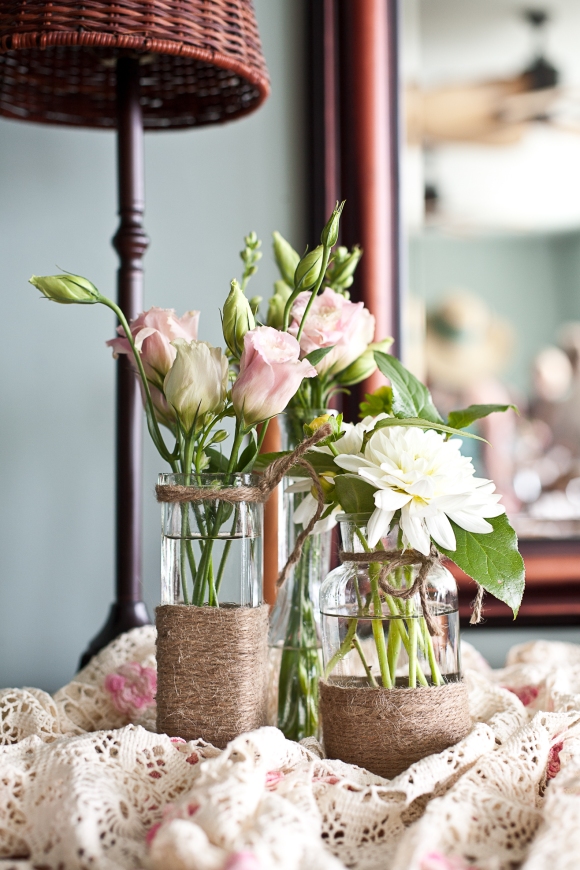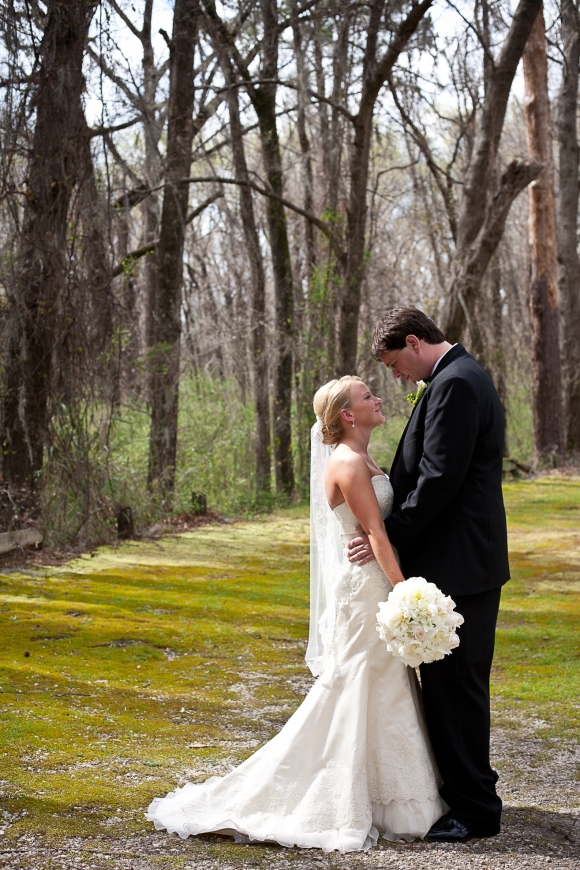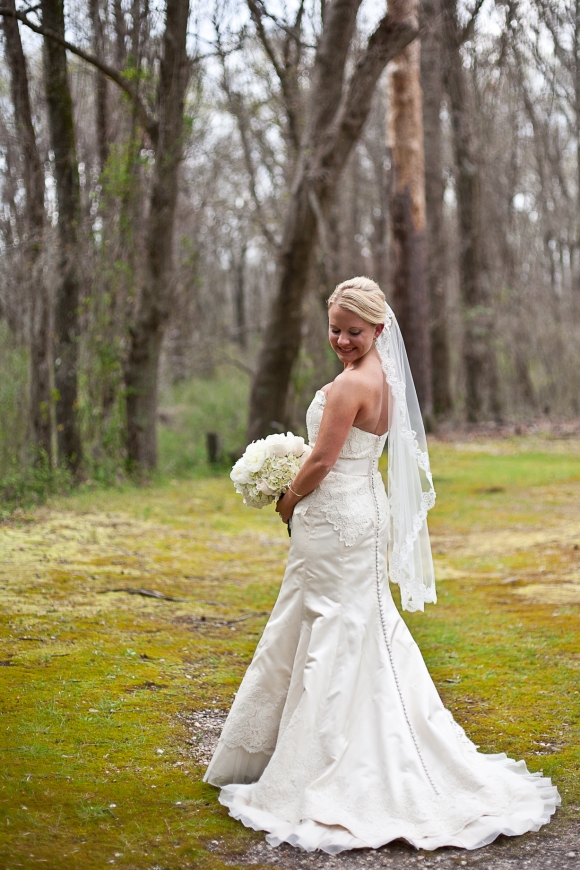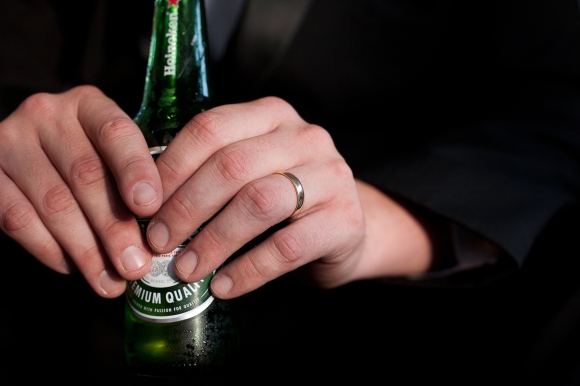
 Rabbit manure has become an important part of my garden. These adorable little herbivores shit tiny dry pebbles that are loaded with healthy nutrition for your plants (and the organisms in your soil). You can put these right on top of the soil and the worms will carry the nutrients down to the roots, or you can dig them into the soil to avoid flys. Some people will age the pebbles for 1-2 months and then use them, but others put them right on the garden with no problems. Fresh rabbit manure also works as a compost starter because there is a lot of nitrogen compared to the amount of carbon (rabbit manure C:N is 12:1). I’ve read about people making teas with rabbit manure, but I have not worked (yet) with teas…
Rabbit manure has become an important part of my garden. These adorable little herbivores shit tiny dry pebbles that are loaded with healthy nutrition for your plants (and the organisms in your soil). You can put these right on top of the soil and the worms will carry the nutrients down to the roots, or you can dig them into the soil to avoid flys. Some people will age the pebbles for 1-2 months and then use them, but others put them right on the garden with no problems. Fresh rabbit manure also works as a compost starter because there is a lot of nitrogen compared to the amount of carbon (rabbit manure C:N is 12:1). I’ve read about people making teas with rabbit manure, but I have not worked (yet) with teas…
katiegandy
Artist // Mother // Gardener
Building a new garden bed
I do not have quite enough ingredients yet to make a proper round of Elaine Ingham’s thermal compost, so I am trying the trenching method of composting instead. My intention is to build a raised bed for vegetables or possibly a soft fruit tree. The soil is compacted, so I started by digging a big hole (roughly 4×3′ and 2′ deep). I will add a raised bed on top, so my finished soil will be about 4′ high from the top of the soil to the lowest point in the clay beneath. Here is how I layered it and why:
1: (lowest point by the compacted clay) Wood chips that have been carefully stored to encourage mycelium growth. Fungi Hyphae can extract minerals from the clay to exchange for exudates from plant roots. Hyphae can also help break up compacted soils, retain moisture, and improve overall structure.
2: Burlap that has a healthy growth of Fuligo septica to inoculate the woodchips
3: Oyster shells to help with drainage, and add calcium carbonate as the break down
4: Bunny waste for high nitrogen to start the composting process. Also, worm food.
5: Leaf Mould to help inoculate with fungi, and introduce composting worms (Georgia Jumpers)
6: Frozen Kitchen scraps.
7: Dr. Earth compost starter to inoculate with healthy biology to breakdown all the food scraps.
8: Brown leaves for carbon
9: Green leaves for nitrogen and protozoa
10. Vermicompost + red wiggler cocoons
11: Compost that has gone through the entire process of anaerobic fermentation to inoculate with good anaerobic biology as well (I’m a little nervous about this)
12. (top of raised bed): cover with about 12″ of clay mixed with wood chips.
This bed will be much too hot to plant in this year, so I intend to plant clover or some other soil-improving bumper crop. 


Gardening Books
I did not set up this shot. Well, I did move the books around, but I promise hey were all there already. We love to read about plants. 
My Leaf Mold Pile // started fall of 2017
Tagged carbon, compost, composting leaves, decomposing, diy, diy soil, fungal, fungi, garden, garden diy, gardening, homestead, homesteading, leaf, leaf litter, leaf mold, leaf mould, leaves, microbes, organic gardening, permaculture, potting soil, seed mix, urban farmingLeaf Mold // What it is, and how to use it.
Leaf mold is fully decomposed fallen leaves. In nature this process happens on the forest floor. The freshly fallen leaves act as a mulch which helps retain moisture and regulate the soil temperature. The decomposing leaves underneath return minerals and nutrients back to the soil. This cycle is part of a healthy forest ecosystem. We can recreate this process with fallen leaves from our yards, making use of yard waste. Unlike compost which is made from mostly bacterial decomposition, leaf mold is made from fungal decomposition. The result is sponge-like, moist, and relatively low in nutrients. This makes it great for improving the structure of our soil.
Fungi is always present in leaves, even when they are on the tree. In autumn when the leaves fall, these fungi colonize the brown material and start to break it down. There are three phases to this process of decomposition. The first wave of fungi (ascomycota) break down the easily available parts like: organic acids, oligosaccharides and cellulose. In the next phase different fungi (basidimycota) break down the more difficult woody bits of the leaf. The last part of this process is finished by saprotrophic fungi. These fungi help move the nutrients and minerals around the soil by creating extensive webs. There are many other microorganisms that contribute to the decomposition of leaves, but this process is dominated by fungi. As these organisms die, the minerals they have eaten become bio-available to the plants.
There are a few different methods for making your own leaf mold. Basically, you collect your leaves and pile them in a breathable container (like chicken wire), keep them moist and let them decompose for a year or longer. If you shred your leaves it will speed up the process. The type of leaves you choose will effect the outcome. For example pine needles are generally more acidic, oak leaves are high in cellulose which will take longer to break down. Some plants contain compounds that inhibit growth, so you would not want to include them in your leaf mold (black walnut for example). Here are some videos of my favorite gardener Monty Don talking about leaf mold: in a plastic bag || leaf mould
Leaf mold is great for seed starting mixes and potting mixes. Remember leaf mold is low in nutrients, so you will need to amend it if you plan to use it this way. Leaf mold can be added to raised/garden beds to improve soil structure. It can help hold moisture in sandy soils, and help break up heavy clay. You can use it as a mulch around plants and the minerals will slowly move down into the soil. This will improve the overall health of the soil, and get better each year. Basically, leaf mold is great and you can use it anywhere in the garden!
Seed Starting Recipe
We want our plants to have the best start they can in life, and that means caring for them from the beginning. Most of the professionals I respect recommend a mix of 1/3 structure, 1/3 drainage and 1/3 microbiology. Here are a few popular ingredients to use when developing a seed starting soil.
STRUCTURE : All young plants have delicate roots, so you want a soil that is light, low in nutrients, retains moisture, and is not easily compacted. When the soil is light, oxygen can easily get to the roots which is important for plant health. Sphagnum peat moss is probably the most popular, and for good reason. SPM is slightly acidic, which is good for vegetables, and also means it will take alkaline amendments well. Because SPM is harvested from bogs, there is a debate about it’s sustainability, and the long-term impact of harvesting SPM. Coconut Coir is a by-product of the coconut industry, and arguably more environmentally conscience. It does have a few drawbacks though, it can contain salts (because its washed in sea water) and too much salt can inhibit growth, especially in young seedlings. Leaf Mould is made from decomposed leaves. Unlike compost, which is mostly broken down by bacteria, leaf mould is made from fungal activity. This means it has less nutrients, making is a perfect medium for your seed starting mix. The only drawback to using leaf mould, is that it takes about a year to fully decompose.
DRAINAGE : Its important to build a soil with good drainage because roots can rot if they are too wet. Perlite is made from volcanic minerals, and is expands (like popcorn) when heated. The result is small pebbles that are very light and do not retain much moisture. Pumice is another volcanic mineral similar to perlite. It is great for soil structure, and it retains a little more moisture than perlite. Vermiculite is another expanded mineral for aeration. The granules are very light and they hold on to a lot of water. Sand Grit are also good options. These are much heavier, and would be good if you need weigh down your soil.
MICROBIOLOGY : Plants get their nutrition from a complex web of living organisms in the soil. We need to inoculate the soil so that our plants can form a symbiotic relationship with these organisms from the beginning. Compost is made from decomposed organic material, that is green (nitrogen) and brown (carbon). The decomposition is caused mostly by bacteria. The composting process creates heat which will kill most harmful organisms and diseases. Mushroom compost is made from the spent organic matter used to grow mushrooms. That means it has more fungal activity than compost. Vermicompost is organic matter that has passed through the digestive tract of a worm. The experts that I am following right now use vermicompost (worm castings) in their mixes, and prefer it over compost.
Fatsia Japonica
Fatsia Japonica : glossy-leaf paper plant : I called it the hand plant for a long time.
Native to Southern Japan, Southern Korea, and Taiwan. This hearty evergreen shrub produces white umbels in late autumn and little fruits in spring. The most interesting bit about this plant is the inter-generic hybrid Fatshedera Lizei.
My Fatsia has been transplanted, moved (to a new yard), potted up, chopped in half, and propagated. This plant is very resilient, and beautiful. *tip* when rooting, you can trim the leaves so they don’t need as much water.





